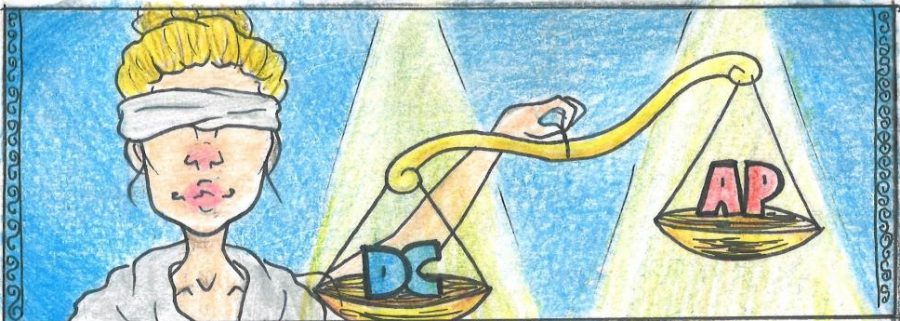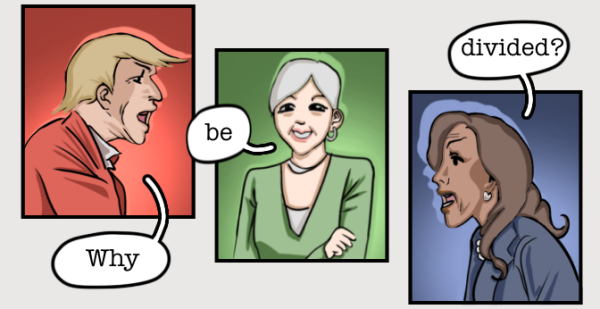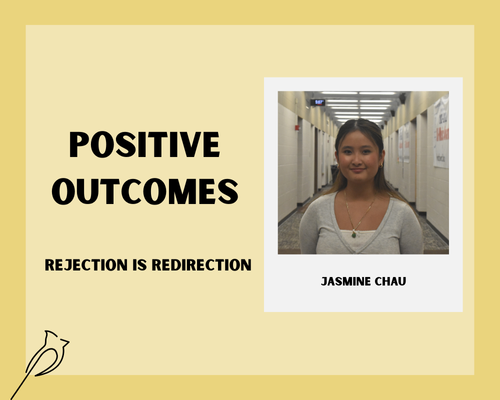Journal Address
Dual credit classes have more lasting value than AP classes
Here and at many schools across the nation, it’s easy to see that A.P. is recognized as a step above dual enrollment classes. The enormous banner hanging from the building that declares SHS as an “A.P. Distinguished School” is enough to determine the prominence of the College Board’s program.But greater attention isn’t synonymous with greater value. We, The Journal, believe dual credit classes should be emphasized equally if not more than A.P. classes at SHS.
Dual credit classes are invaluable in terms of college credit later down the line. According to a survey done by the American Association of Collegiate Registrars and Admissions Officers in 2016, 92% of public schools and 80% of private schools have policies to accept college credits earned in high school. A.P. scores don’t translate directly to credits, but dual enrollment courses are real college classes following actual college syllabi, and therefore they’re more likely to meet a particular university’s standards for credit. Many students who take dual credit classes will attend Indiana schools and be certain that the credits will count, and then they will save money. Rather than advocating for the A.P. program, which can’t guarantee the credits awarded based on each college, teachers and administrators should be encouraging the more widely accepted dual enrollment courses for students who are concerned about cost.
Enrolling students in A.P. classes doesn’t set them up for academic success in college, even though it is advertised as the higher-level option. A.P. prepares students for a single test in May, and unless teachers make a mission of instructing beyond the approved curriculum, it’s a race against the clock as material is crammed in before the big exam. High-school students pour time and energy into this method of learning even though they have a vastly different experience awaiting them in college.
With a cumulative grade, university courses usually take into account many different factors, from homework to online assignments to unit tests, when measuring a student’s success. Dual credit classes at SHS are structured similarly. They are based on progressive grades throughout the semester and typically a final, all combining to create the end grade. If students want to be prepared for college classes and the study habits that go along with them, dual credit is the way to go.
That isn’t to say A.P. courses aren’t challenging. A.P. teachers and students work hard to master the difficult material, and a standardized method of instruction across the country has benefits, according to Principal Brian Knight. Colleges looking at which credits to accept know for sure that A.P. students have been taught — or at least been tested — over the same knowledge.
Additionally, sometimes the A.P. track is the only advanced option for a specific subject — foreign language, for example. Knight says administrators are considering adding a dual credit option for foreign language classes to amend this problem, but for now, A.P. remains the only path for the fourth-year language level.
Clearly, the A.P. program has its merit. But with the benefits offered by dual enrollment, A.P. just doesn’t deserve all of the spotlight at SHS.













